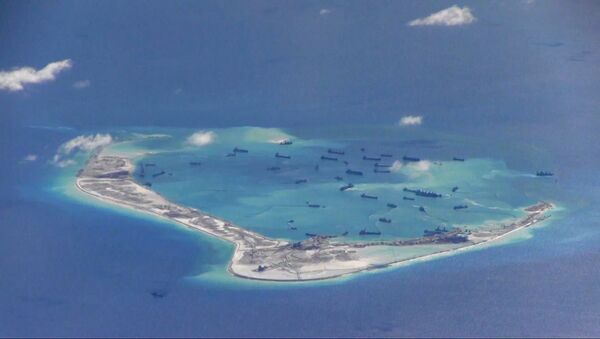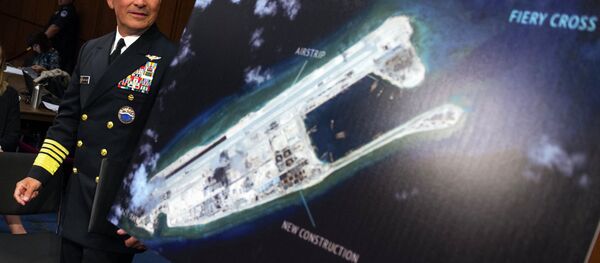On February 7, a group of researchers from 13 countries, including France, Italy, the US, and Japan departed Hong Kong to participate in the research drilling mission in the South China Sea, the Times noted. A total of 33 scientists were said to be involved. Researcher Wang Pinxian said the observational network "showcases that the country is actively joining in the international competition."
The first hole completed by drillers was named U14499A, NDTV reported. Drilling on a second hole close to U1449A is underway, the news outlet said.
Chinese state news service Xinhua reported that the drilling was completed and reached a depth of 3,770 meters below sea-level, "for collection of sediment samples." Sciencenet.cn, the Chinese news agency that first reported the construction plans, said the platform would be used to observe deep-water physical, chemical, and geological dynamics, in addition to "other purposes," which, given the amount of traffic crossing through the South China Sea for trade and military purposes, could mean Beijing will have an outpost through which to monitor commercial traffic, as well as submarine and underwater drone activity.
The South China Sea is considered to be flush with oil and gas reserves. In addition to China; Malaysia, the Philippines, and Vietnam have staked claims to waters and islands in the South China Sea. On Tuesday, the Vietnamese commissioned two Russian-made Kilo-class attack submarines, as reported by Vietnam’s Ministry of Defense. As The Diplomat notes, "the submarines, armed with supersonic cruise missiles can threaten the People’s Liberation Army Navy (PLAN) naval base at Sanya on China’s Hainan Island as well as Chinese military facilities in the South China Sea."




